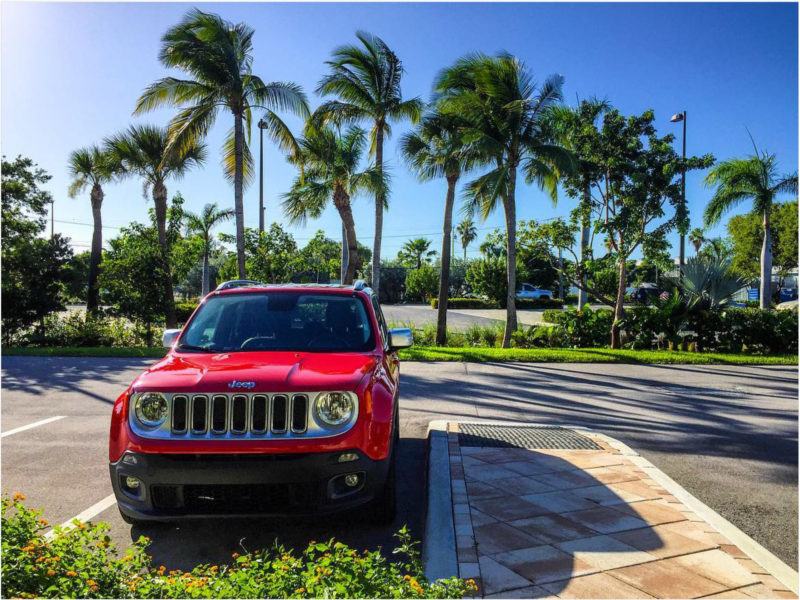 When you are buying a new car it is essential to negotiate to get the best price possible. I used to hate this part as I don’t like negotiating. I prefer to know the real price of something and then decide for myself whether I can afford it or not.
When you are buying a new car it is essential to negotiate to get the best price possible. I used to hate this part as I don’t like negotiating. I prefer to know the real price of something and then decide for myself whether I can afford it or not.
Being in a foreign country and having to negotiate against experienced salesmen in a foreign language looked like a recipe for disaster to me.
Luckily I used the power of the internet to figure things out and I got a great deal.
Here’s how you can also get the best price on a new car in Spain.
First of all, be sure of which car you want and exactly which configuration. This is essential.
Second, find an online forum for that make and model. For example, in my case, I wanted to buy a Mazda so I found the Mazda forum in Spain and signed up.
Then, use Carnovo to get price quotations from several dealers in your area. Even though they’re supposed to be the best offers, they’re not, you can negotiate even more than that.
Your next step is to check the forum, typically other buyers will post their offers and the final price they managed to get from their dealers. Use those experiences to figure out the best price you can get for your car. You should now go to the dealer with a range of prices you are ready to accept, it’s wise to leave a leeway of €500.
So, if the original offer on Carnovo was say €29.000 and you know others on the forum have gotten it at €28.000, you can now go and tell the dealer straight up that you are interested in the car and ready to make a deposit right away, but you also know that the price should be €28.000 because your friends have gotten it at this price. Whatever he says, just keep insisting and be prepared to walk out if he doesn’t accept. Just make sure he has your contact details, even if he lets you walk out, he will call you in a few days to accept your offer.
That’s a brief guide to getting the best deal on a new car in Spain. Hope it helps!






